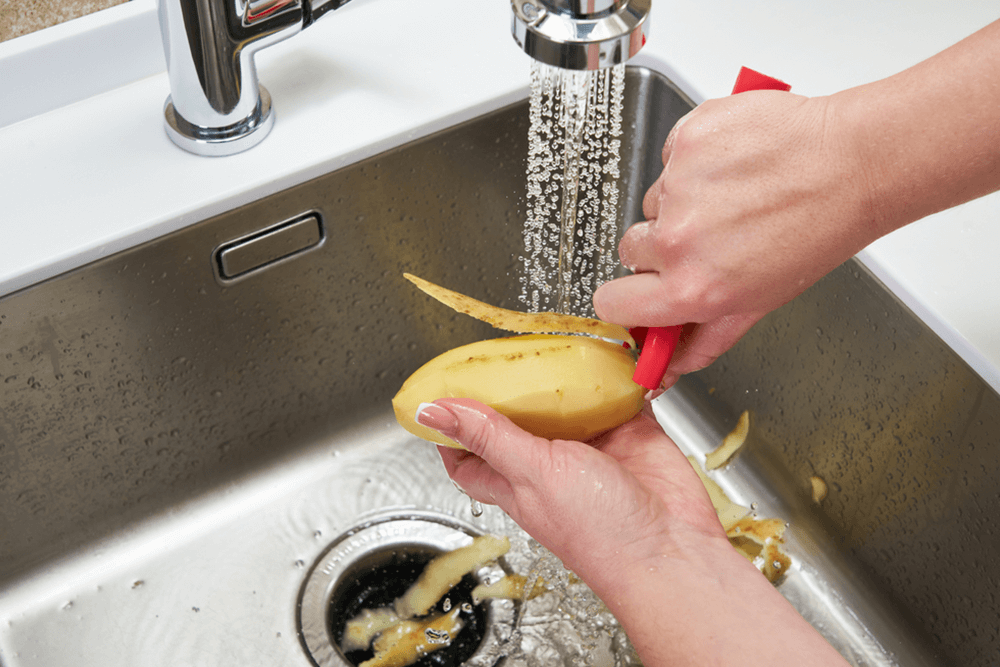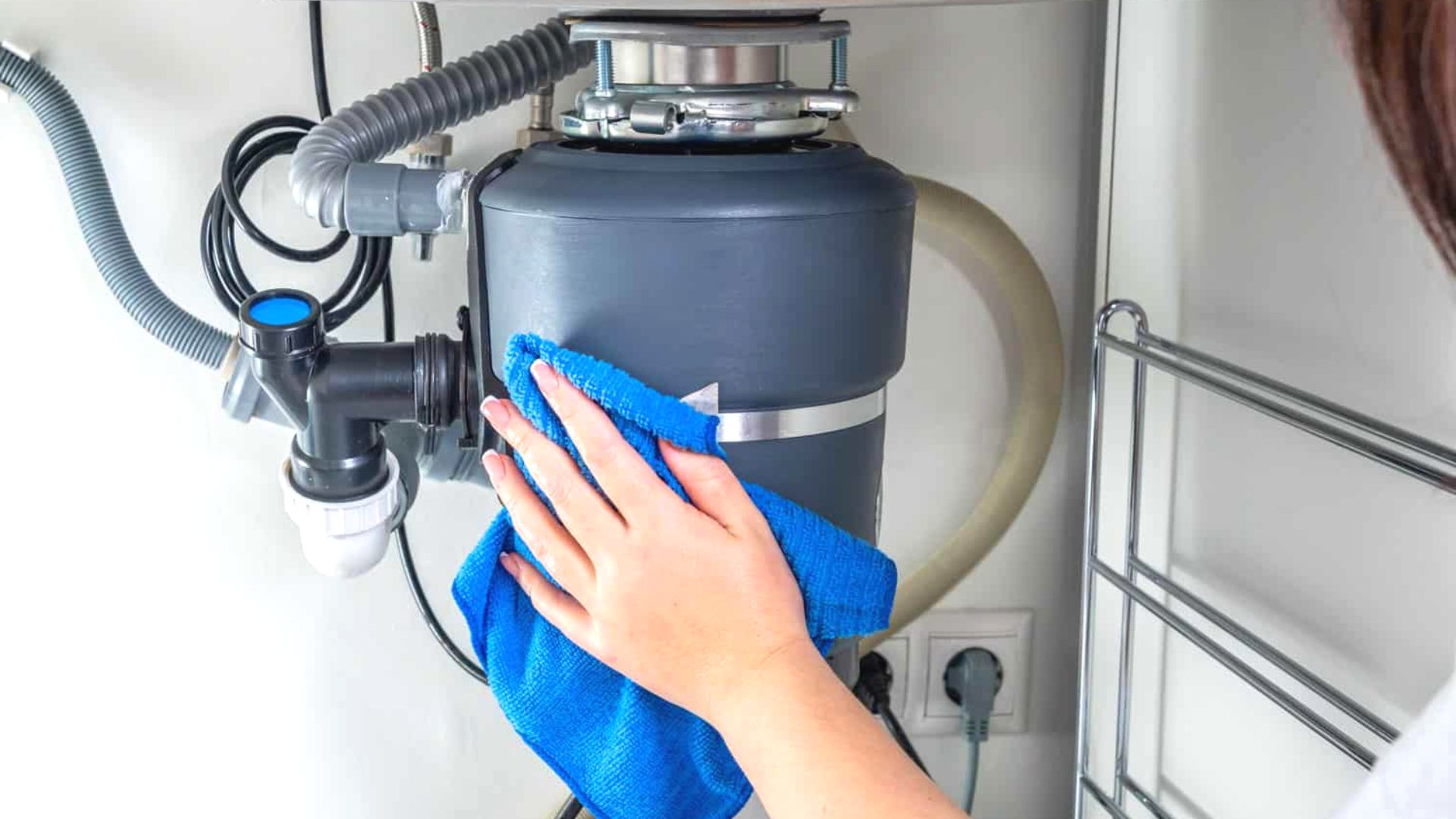An Comprehensive Guide to Fixing a Leaky Garbage Disposal
An Comprehensive Guide to Fixing a Leaky Garbage Disposal
Blog Article
On this page down the page you can find a good deal of exceptional information and facts in relation to The Handy Guide To Fixing Your Garbage Disposal Leaking.

Garbage disposals are crucial kitchen devices that aid in taking care of food waste successfully. However, a dripping waste disposal unit can be a discouraging and untidy issue to deal with. Luckily, lots of leakages can be taken care of conveniently with a few simple steps. In this article, we will certainly review just how to take care of a dripping garbage disposal effectively.
Intro
Waste disposal unit are installed under cooking area sinks and are designed to shred food waste into smaller items, enabling it to go through the plumbing system quickly. While these devices are typically reputable, leaks can occur over time because of wear and tear, loosened links, or damage to the device.
Step-by-Step Overview to Repairing a Leaking Waste Disposal Unit
Turn Off the Power
Prior to attempting any repair work, make certain that the power to the waste disposal unit unit is shut off to stop the danger of electrical shock.
Find the Leak
Recognize the exact area of the leakage and determine the reason
Tighten Connections
Make use of a wrench to tighten any type of loose connections in between the disposal unit and the plumbing system.
Change Seals or Gaskets
If the leakage results from worn seals or gaskets, get rid of the old components and replace them with new ones.
Patching Splits or Openings
For cracks or openings in the disposal device, use epoxy or a suitable patching product to secure the damaged area.
Recognizing the Resource of the Leakage
Prior to attempting to take care of a leaking garbage disposal, it is important to identify the source of the leak. This can usually be done through visual inspection or by conducting easy examinations.
Visual Examination
Examine the garbage disposal system carefully for any type of indicators of water leakage. Pay very close attention to areas around seals, gaskets, and link points.
Evaluating for Leakages
One means to evaluate for leakages is by running water through the disposal system and looking for any visible indicators of leak.
Typical Causes of Leakages in Waste Disposals
Worn Seals and Gaskets
Seals and gaskets play an important duty in stopping water from dripping out of the waste disposal unit. In time, these parts can weaken, leading to leaks around the disposal device.
Loose Connections
The connections in between the waste disposal unit and the plumbing system can come to be loose gradually, causing water to leak out during procedure.
Cracks or Openings in the Disposal System
Physical damages to the garbage disposal, such as splits or openings in the housing, can likewise result in leaks.
Tools and Products Needed for Repairing a Dripping Waste Disposal Unit
Prior to starting the fixing procedure, collect the needed tools and products, consisting of a screwdriver, flexible wrench, plumbing professional's putty, substitute seals or gaskets, and epoxy or patching product for fixing cracks or holes.
Testing the Garbage Disposal After Repair Work
Once the repair is full, check the garbage disposal by running water with it to ensure that the leakage has actually been resolved.
Preventive Maintenance Tips to Avoid Future Leakages
To stop future leaks, it is essential to perform normal maintenance on your garbage disposal. This includes maintaining it tidy, avoiding placing non-food things or hard items down the disposal, and occasionally checking for leakages or various other concerns.
Conclusion
In conclusion, taking care of a leaking garbage disposal is a relatively uncomplicated procedure that can be finished with standard tools and materials. By complying with the actions described in this write-up and exercising preventive upkeep, you can maintain your garbage disposal in good working condition and avoid costly repair work in the future.
What to Do About a Leaking Garbage Disposal
A leaking garbage disposal often goes unnoticed until you confront a sopping cabinet, a foul-smelling puddle, or an audible drip-drip-drip from the unit. The fix can be frustrating, too, because the leak can stem from a number of components in the system. Fortunately, with a little sleuthing, you can zero in on the leak and—depending on the exact location—stop the icky oozing and repair the component that caused it. Worst case scenario, if it turns out that the garbage disposal must be replaced, installing a new one is a reasonable do-it-yourself task for those with basic plumbing skills. Read on to keep the cash you’d otherwise hand over to a pro.
Prepare to find the leak
Prior to testing the garbage disposal for leaks, unplug it at the wall outlet and turn off the power from the breaker box to prevent electrical shock. Then insert a watertight sink stopper into your sink drain and wipe the unit dry with a clean cloth. In any handy container, mix a few drops of food coloring into a few cups of water, and pour the dyed water onto the sink stopper to help you locate the leak.
Investigate the source
the top, where the disposal meets the sink drain the side, where the dishwasher hose or main drain pipe connects to the disposal or the bottom of the unit Inspect each of these locations while gliding a light-colored rag over the unit; the dyed water will readily show on the rag and reveal the location of the leak. If a leak isn’t immediately apparent, remove the sink stopper and pour a few more cups of dyed water down the sink drain, then check for leaks again. Leaks near the top of the unit are more likely to show themselves while the sink is plugged, while side and bottom leaks are more noticeable while the sink is unplugged.
The metal sink flange that sits directly inside the sink drain is typically sealed around the top with plumber’s putty (a clay-like sealant) and then secured from under the sink with bolts. If the plumber’s putty deteriorates, or the bolts loosen, the flange can no longer form a watertight seal between the sink drain and the disposal—which could cause a leak at the top of the unit.
To reseal the leaky flange, you must first detach the garbage disposal. Start by loosening the screws securing the main drain pipe to the disposal, then loosen the screws in the metal clamp securing the dishwasher hose to the disposal and detach the drain pipe and dishwasher hose from the disposal. Loosen the screws in the mounting ring that connects the disposal to the metal mounting assembly beneath the sink, then pull down the disposal and carefully set it on a clean, dry surface. Loosen the bolts in the mounting assembly with a wrench, then pull down the mounting assembly and set it near the disposal.

Do you really like reading up on Why Is My Garbage Disposal Leaking From the Bottom?? Write feedback further down. We'd be pleased to listen to your ideas about this piece. In hopes to see you back again later on. Appreciated our posting? Please share it. Help others discover it. I praise you for your time. Visit again soon.
Click Here Report this page